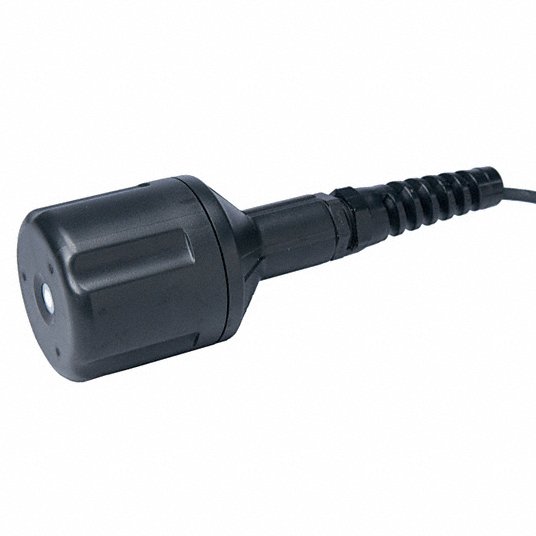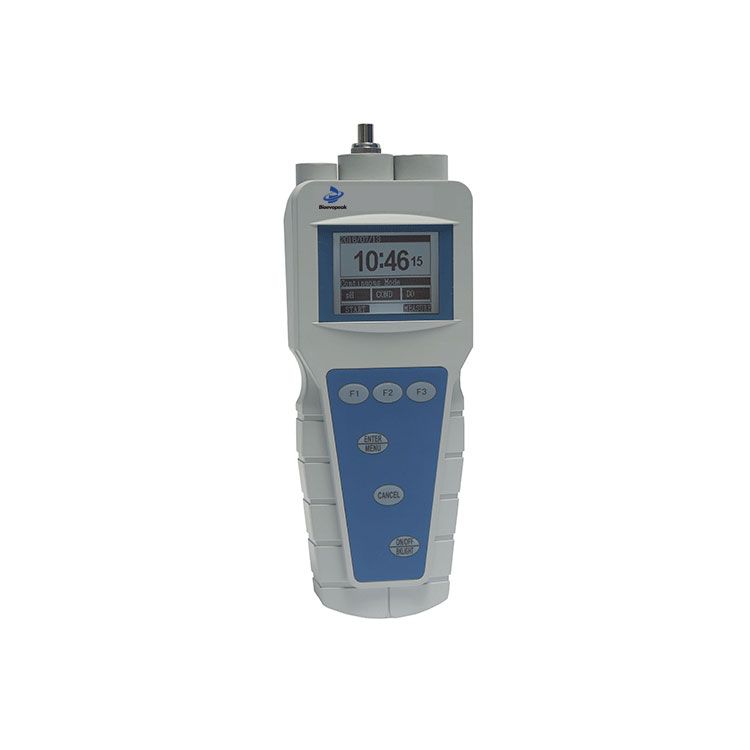
Dissolved Oxygen Measurement: Understanding DO & Factors That Affect Water Quality
Dissolved oxygen (DO) is an important indicator of the health of aquatic ecosystems. It refers to the amount of oxygen dissolved in water, which is essential for the survival of aquatic organisms. DO levels can be affected by a number of factors, including temperature, pressure, salinity, and the presence of pollutants. Understanding DO and how to measure it accurately is critical for maintaining healthy aquatic environments.
What is DO?
Dissolved oxygen (DO) refers to the amount of oxygen gas that is present in water. It is measured in milligrams per liter (mg/L) or parts per million (ppm). DO is essential for the survival of aquatic organisms, as all animals need oxygen to breathe. Fish and other aquatic animals require a certain level of DO to function properly, and low DO levels can be harmful or even fatal to these organisms.
How to use a dissolved oxygen meter for testing, sampling, and monitoring
A dissolved oxygen meter (also known as an oxygen meter or DO meter) is a device used to measure the amount of DO in water. These meters typically consist of a probe (sensor) that is inserted into the water sample, and a display unit that shows the results. The probe measures the oxygen content of the water through a chemical reaction with the dissolved oxygen, and the results are displayed on the unit in ppm or mg/L.
To use a DO meter, first, calibrate the meter according to the manufacturer's instructions. This involves setting the instrument to read zero DO in air (or pure nitrogen gas if used for the laboratory environment). Next, fill a clean sample cup or bottle with the water to be tested and immerse the probe in the water. Allow the readings to stabilize for a few minutes, and then record the DO level. Rinse the probe in distilled water after every use to prevent contamination.
Factors that affect water quality
Water quality can be affected by a number of factors, including human activities, natural processes, and environmental conditions.
Temperature: Water temperature can affect the amount of oxygen that is dissolved in water. As temperature increases, the solubility of oxygen in water decreases, which means that warmer water contains less DO.
Pressure: Changes in pressure can also affect DO levels. Water at high altitudes, for example, can have lower DO levels due to the decreased pressure.
Salinity: The amount of dissolved salts in water (salinity) can also affect DO levels. Saltwater has lower DO levels than freshwater due to the decreased solubility of oxygen in saltwater.

Pollution: The presence of pollutants in water can also affect DO levels. Organic matter such as sewage or plant debris can consume oxygen as it decays, which can cause DO levels to drop.
Shanghai Boqu Instrument Co., Ltd.
Shanghai Boqu Instrument Co., Ltd. is one of the world's leading manufacturers of electrochemical instrumentation and electrodes. Founded in 2007, the company has a state-of-the-art manufacturing facility located in Kangqiao Town, Pudong New Area, Shanghai. The company's products include a range of DO meters, sensors, and electrodes for testing and monitoring water quality.
In conclusion, measuring and monitoring DO levels is an important step in maintaining healthy aquatic environments. By using a dissolved oxygen meter, individuals can accurately measure DO levels and take appropriate steps to maintain water quality. Companies, like Shanghai Boqu Instrument Co., Ltd., are integral in providing reliable and accurate instruments for water quality testing and monitoring.